Pierre Georges Jeanniot Paintings
Pierre Georges Jeanniot, born in Geneva, Switzerland, on July 2, 1848, was a multifaceted French painter, draughtsman, and engraver, known for his portrayals of Parisian society during the Belle Époque era. Jeanniot was the son of an officer in the French army, and this led to a childhood that was frequently on the move, living in various French cities. Despite the constant relocations, Jeanniot found a passion for art and was determined to pursue it as his career.
Jeanniot's artistic education began at the École des Beaux-Arts in Dijon, where his family had settled for a time. He later moved to Paris to further his studies and was influenced by the works of Realist painters like Gustave Courbet and Édouard Manet. Jeanniot's early work reflected these influences, as he often depicted military scenes and daily life with a realist approach. As his style evolved, he became more interested in the Impressionist movement, drawing inspiration from artists such as Edgar Degas and Édouard Manet. He began to focus on scenes of modern life, particularly the social and leisure activities of the Parisian bourgeoisie.
Throughout his career, Jeanniot exhibited his work at various salons and exhibitions, gaining a respectable reputation among his contemporaries. He became known for his vibrant use of color and lively brushstrokes, which brought a sense of immediacy and movement to his scenes. His work often included social commentary, subtly critiquing the mores of the upper classes through his depictions of their gatherings and events.
In addition to his paintings, Jeanniot was also an accomplished engraver and illustrator. He provided illustrations for several books and periodicals, including famous works like 'La Terre' by Émile Zola and 'Les Liaisons dangereuses' by Choderlos de Laclos, showcasing his versatility as an artist.
Throughout his life, Jeanniot remained actively involved in the French art scene and contributed to the advancement of younger artists. He served in various administrative roles, including as the director of the École des Beaux-Arts in Dijon and as a member of the Société Nationale des Beaux-Arts, where he influenced art education and exhibition practices.
Pierre Georges Jeanniot's legacy is one of a keen observer of the changing social landscape of his time. His works are remembered for their vibrant portrayal of contemporary life and their insight into the complexities of society during a period of great cultural and artistic dynamism. He passed away on January 9, 1934, leaving behind a rich body of work that continues to be studied and admired for its historical and artistic significance.
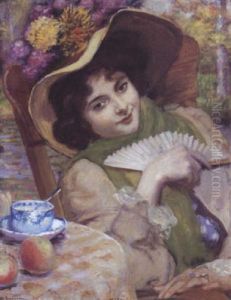
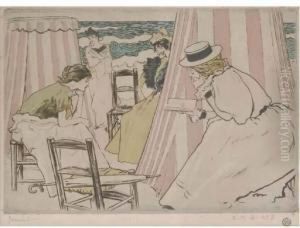
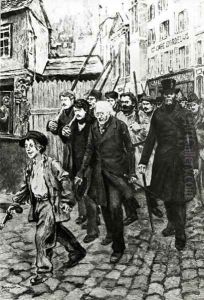
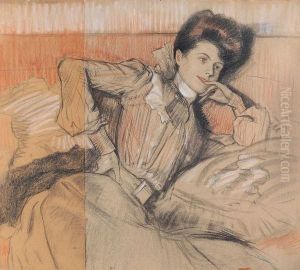
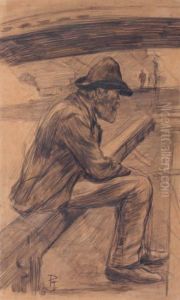
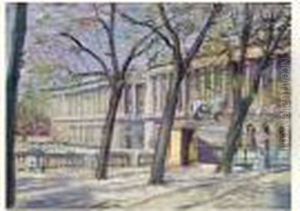
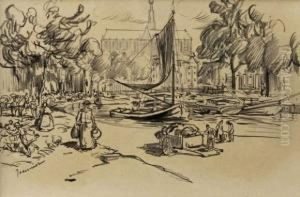
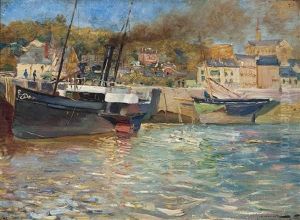
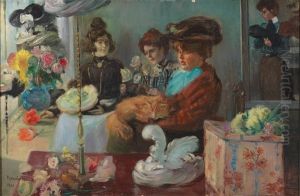
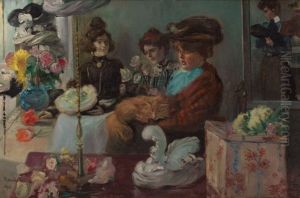
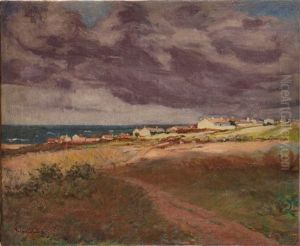
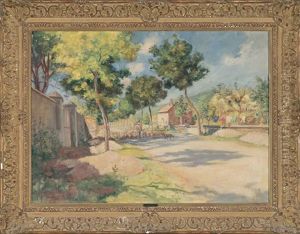
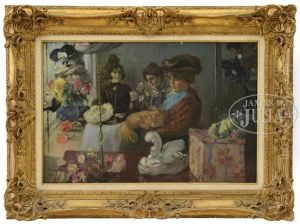
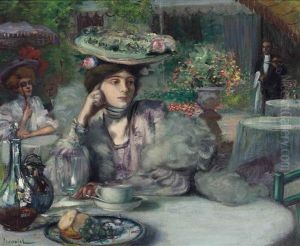
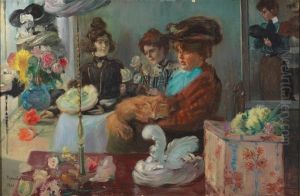
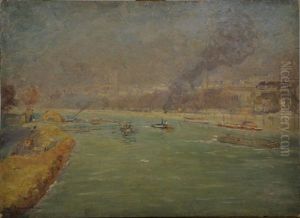
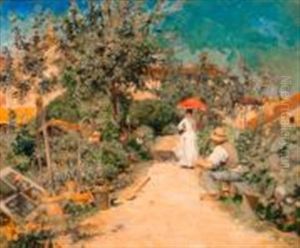
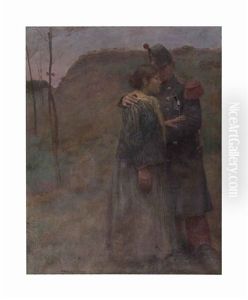
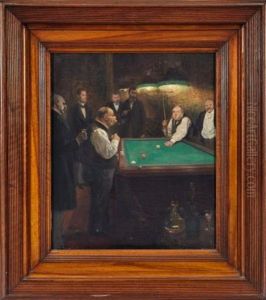
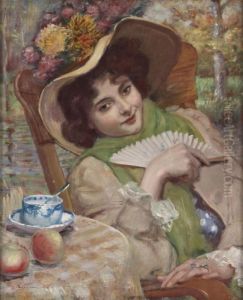
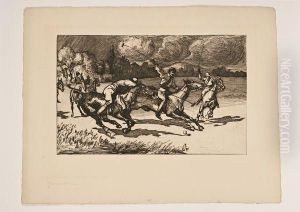
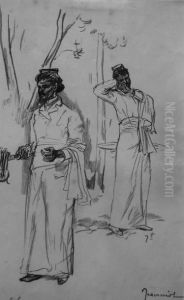
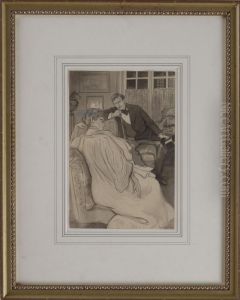
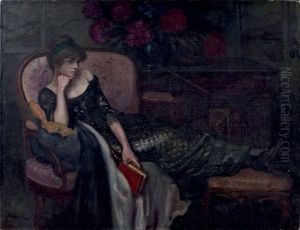
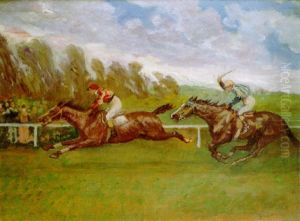
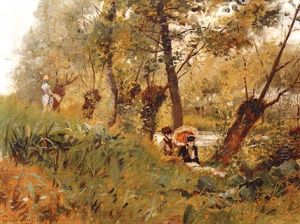
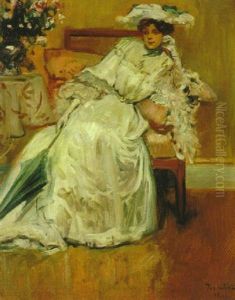
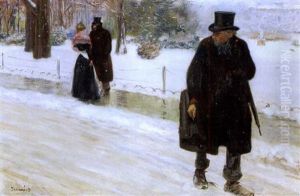
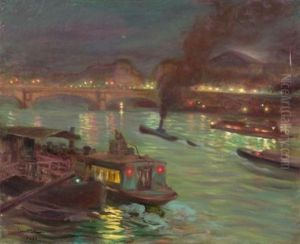
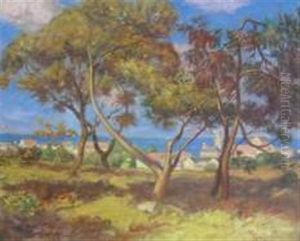
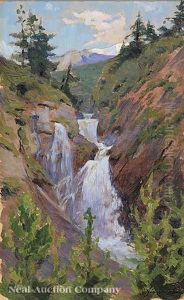
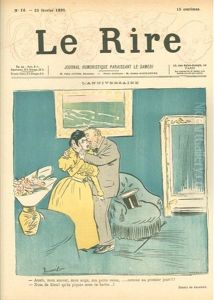
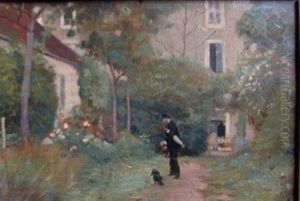
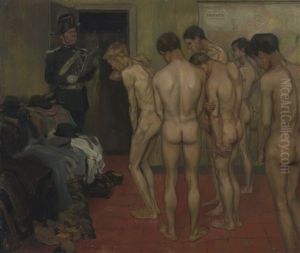
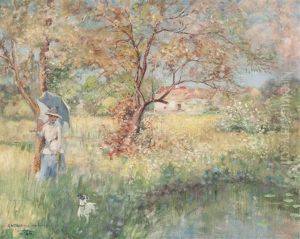
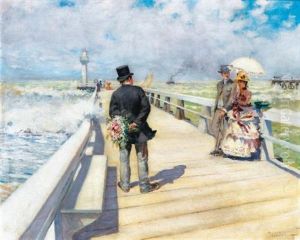
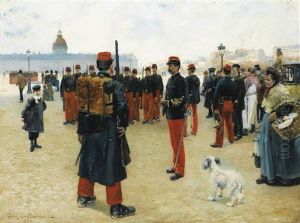
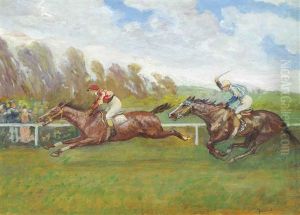
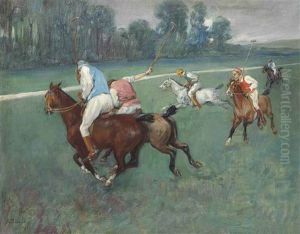
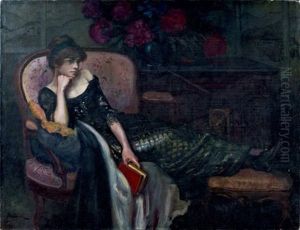
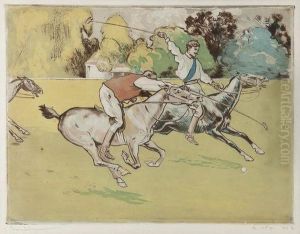
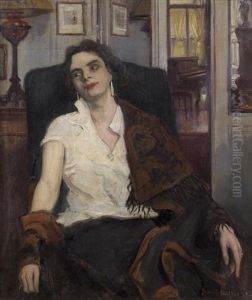
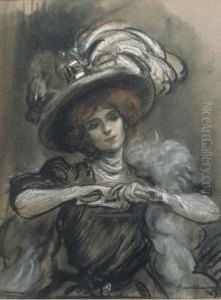
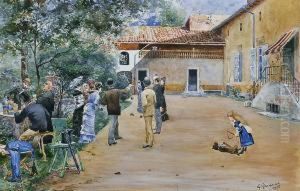
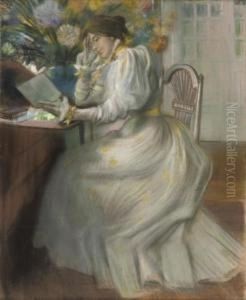
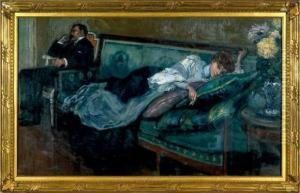
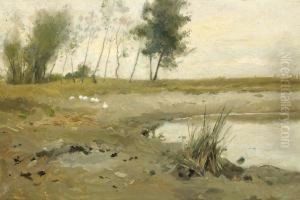
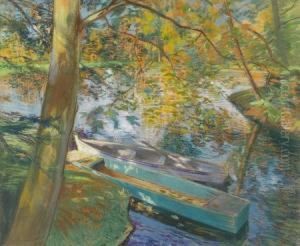
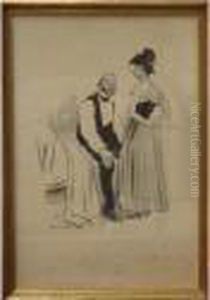
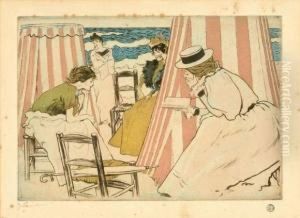
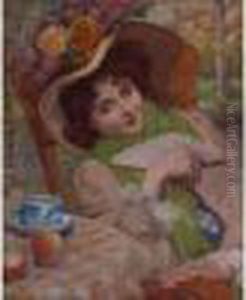
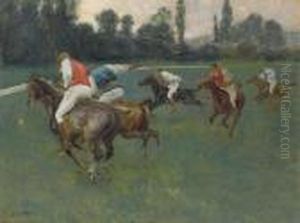
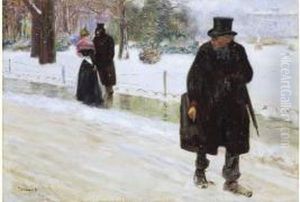
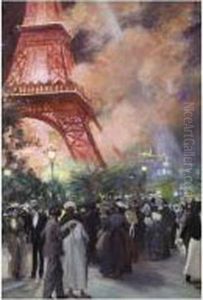
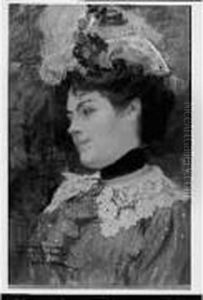
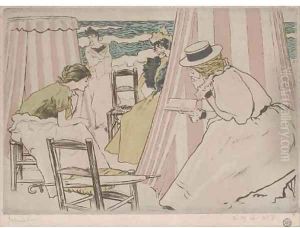
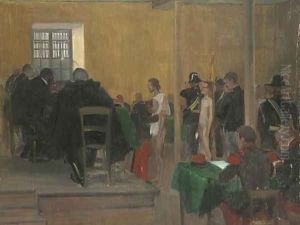
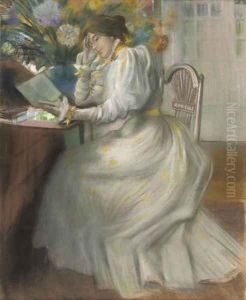
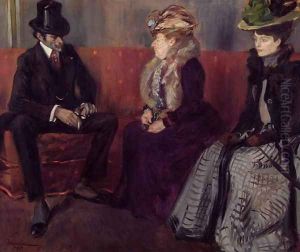
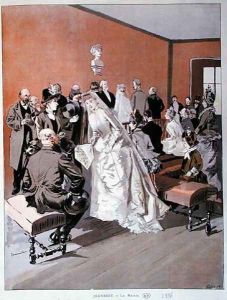
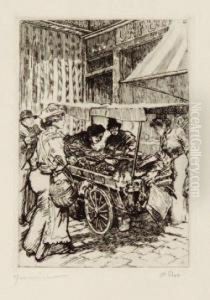
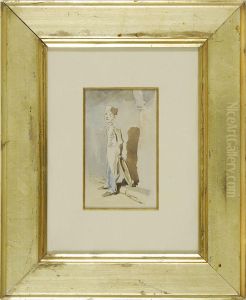
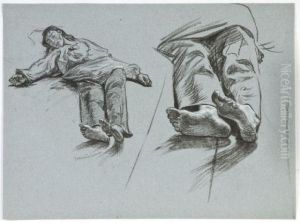
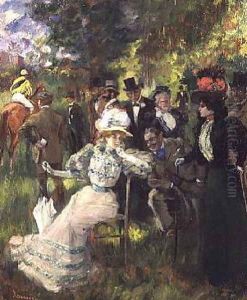
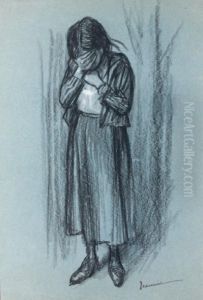
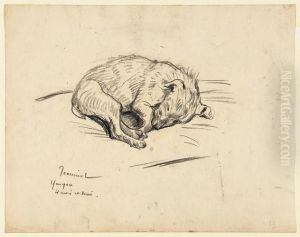
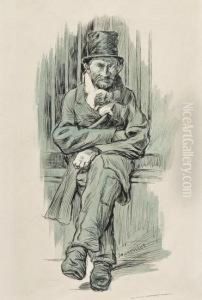
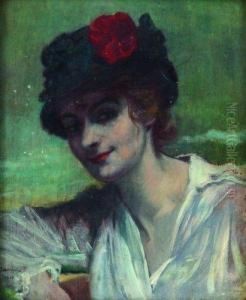
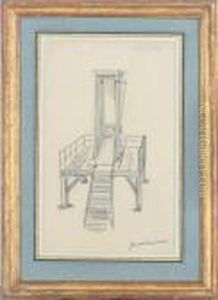
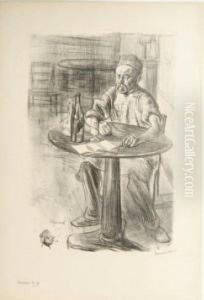
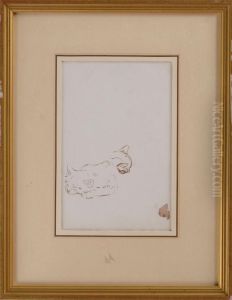
![[dessinateurs Place De La Concorde]](https://www.niceartgallery.com/imgs/1392048/s/pierre-georges-jeanniot-dessinateurs-place-de-la-concorde-15f1edd2.jpg)